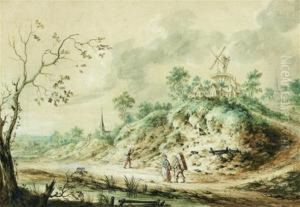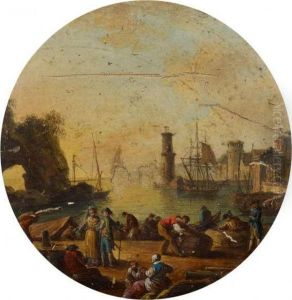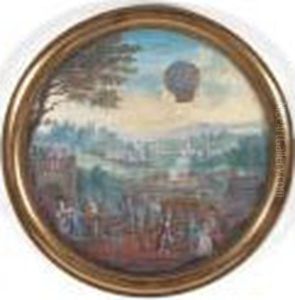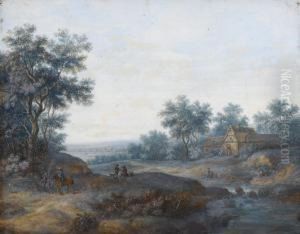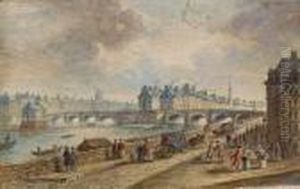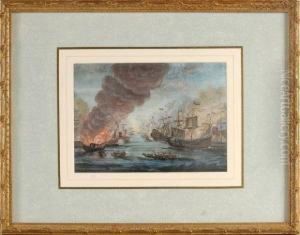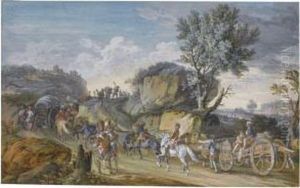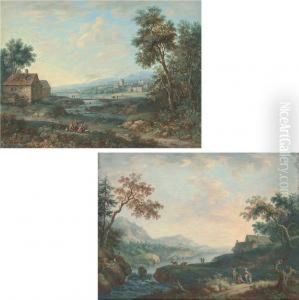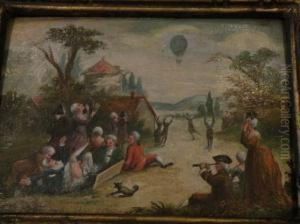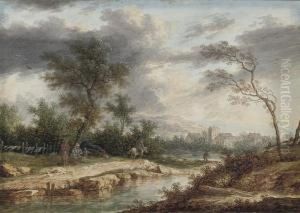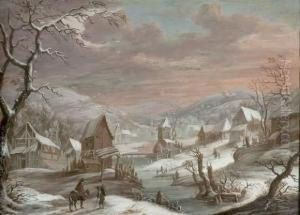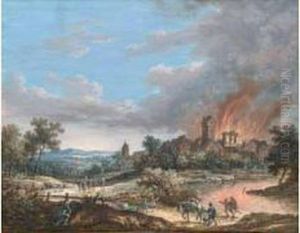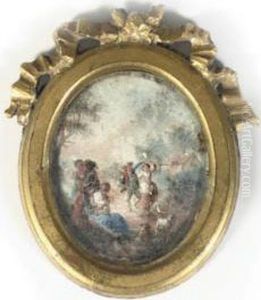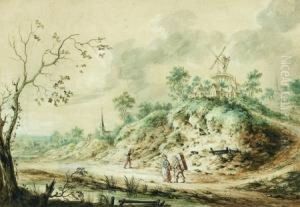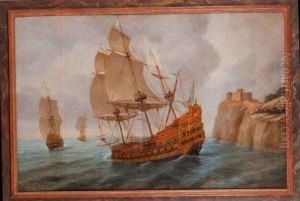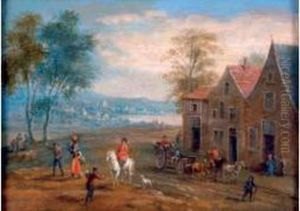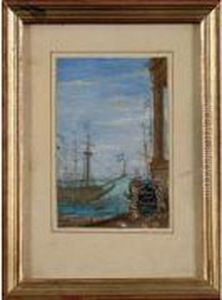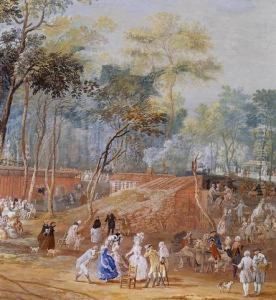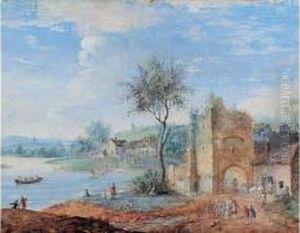Henri Joseph Van Blarenberghe Paintings
Henri Joseph Van Blarenberghe was a French painter, known primarily for his detailed miniature paintings and watercolors. Born into an artistic family in Lille, France, on September 24, 1741, Van Blarenberghe followed in the footsteps of his father Louis-Nicolas van Blarenberghe, who was also a painter of miniatures and battle scenes.
Henri was part of a family workshop which included his brother, Jean-Baptiste, and they were known for their small-scale paintings often depicting military and topographical subjects. These works were highly sought after by aristocratic patrons, including the French royalty. Van Blarenberghe's clientele often commissioned him to create detailed representations of battles, landscapes, and cityscapes.
During the late 18th century, Van Blarenberghe gained significant recognition and his work was admired for its precise detail and vibrant color palette. He was particularly adept at capturing the intricacies of uniforms, the chaos of battle, and the serene beauty of French landscapes.
The French Revolution brought about drastic changes in the social order, and like many artists of his time, Van Blarenberghe's career was affected. However, he continued to work and adapt to the changing political climate. His paintings from this period often depict scenes of revolutionary fervor and the military campaigns of Napoleon Bonaparte.
After a long and successful career, Henri Joseph Van Blarenberghe died in Fontainebleau, France, on December 1, 1826. His works remain a valuable source of historical information, offering insights into the military and social landscapes of his time. Today, his paintings can be found in various museums and collections around the world, celebrated for their detail and historical significance.
